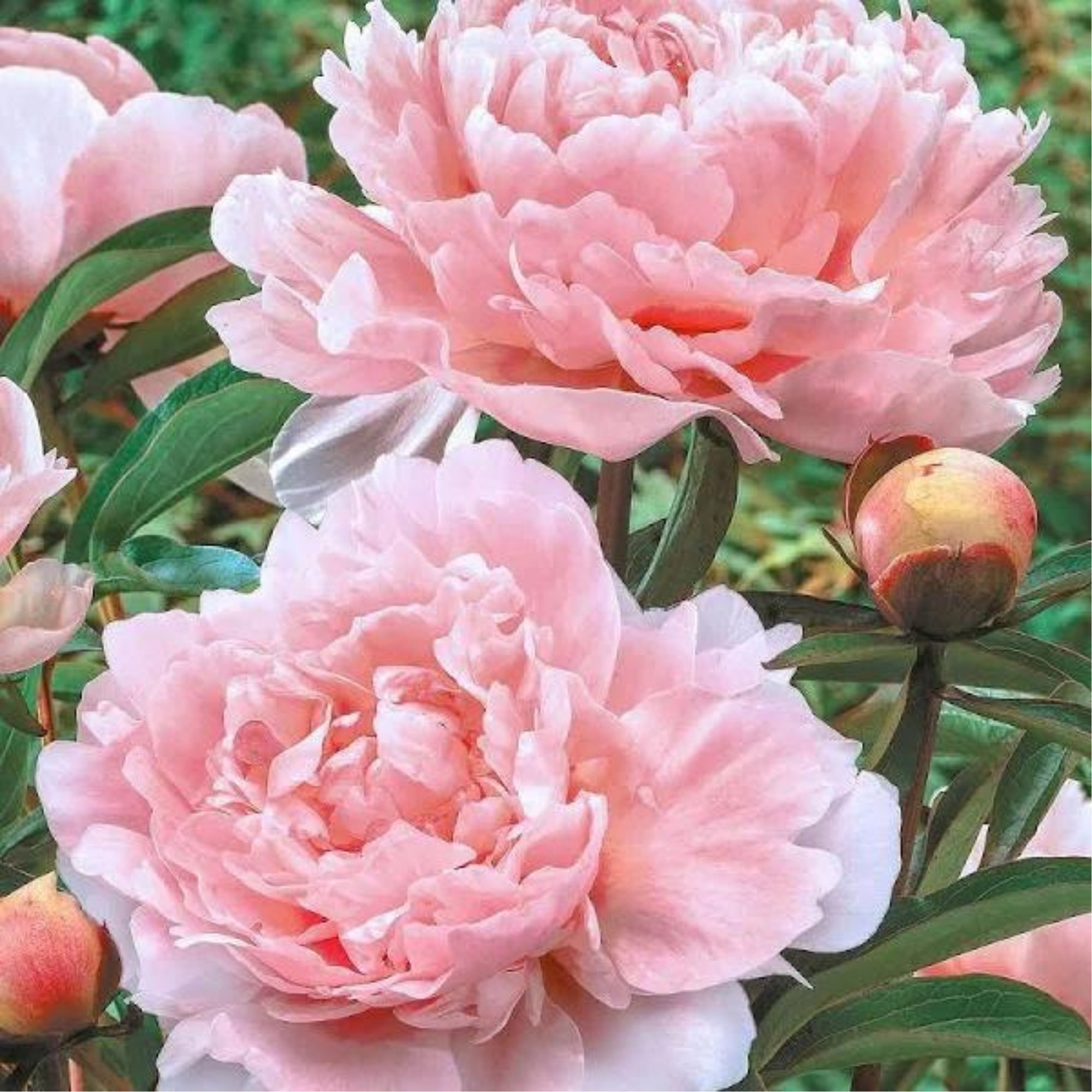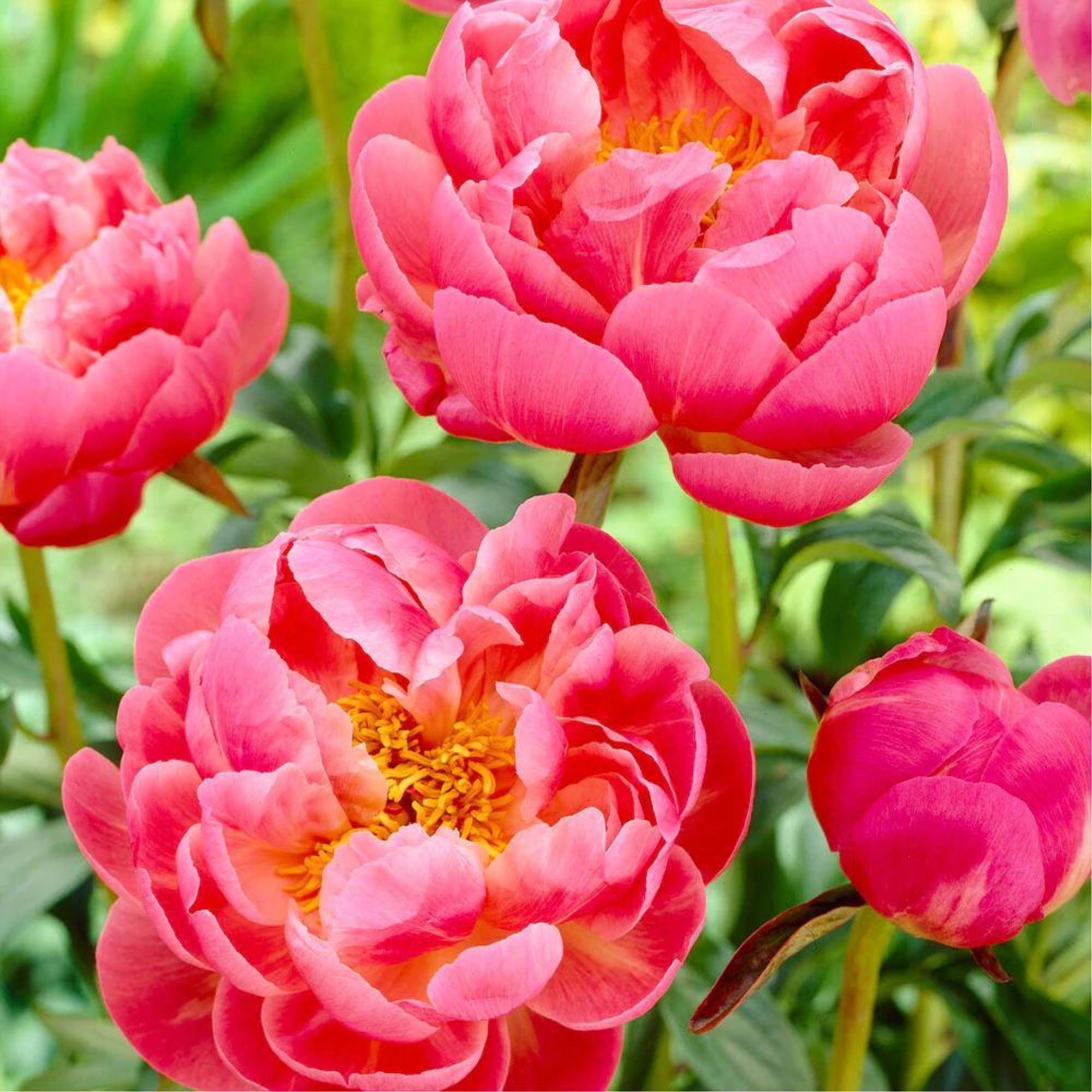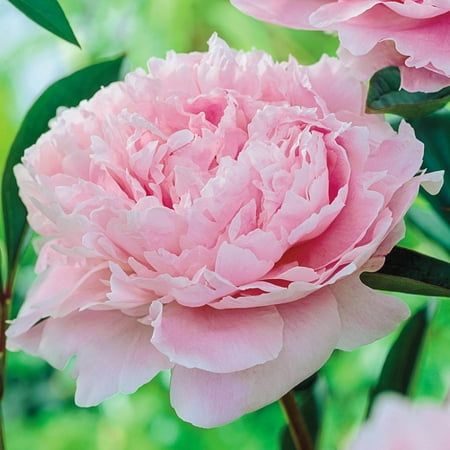5 ‘Musts’ When Planting Peonies in Spring — It's Not Too Late, But You Might Not Want to Wait Much Longer
Time is running out to get onboard this year's peony season, so here's the only guide you need for planting these blousy blooms ASAP!
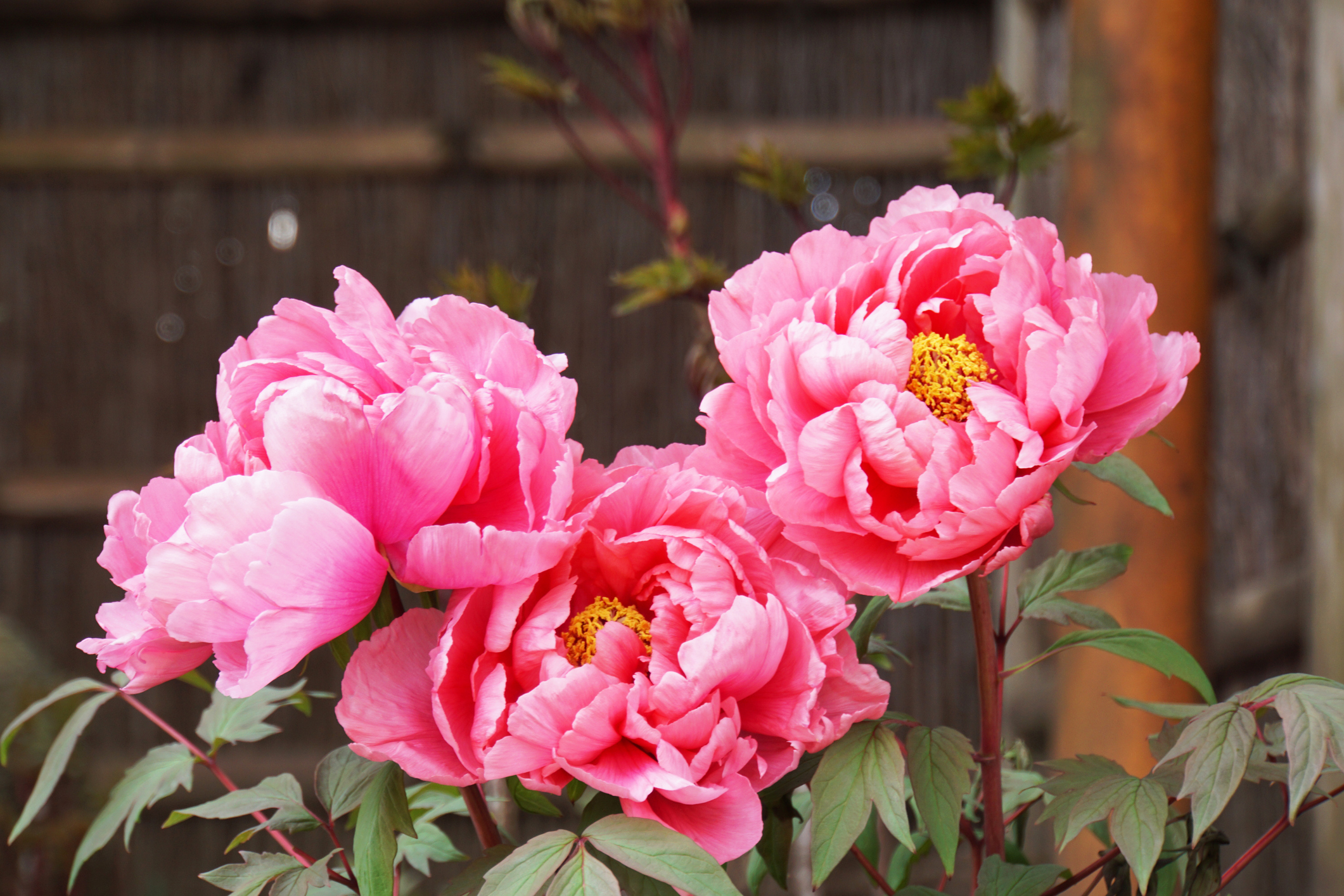
A garden full of big blousy blooms – it’s what we’re all after, right? For me, if there’s a chance to get some peonies in a garden then I’m taking it. Like roses, peonies come in a huge variety of colors. From soft blush pinks to clean whites and saturated crimsons, their big ruffled petals provide a show-stopping splash of color from April to June and make the most fantastic cut flowers.
But how can you make the most of peony season in a modern garden? When do you need to plant peonies? What soil is best? I’ve rounded up an expert guide that will give you the full rundown on how to produce perfect peonies wherever you are.
1. Time your planting
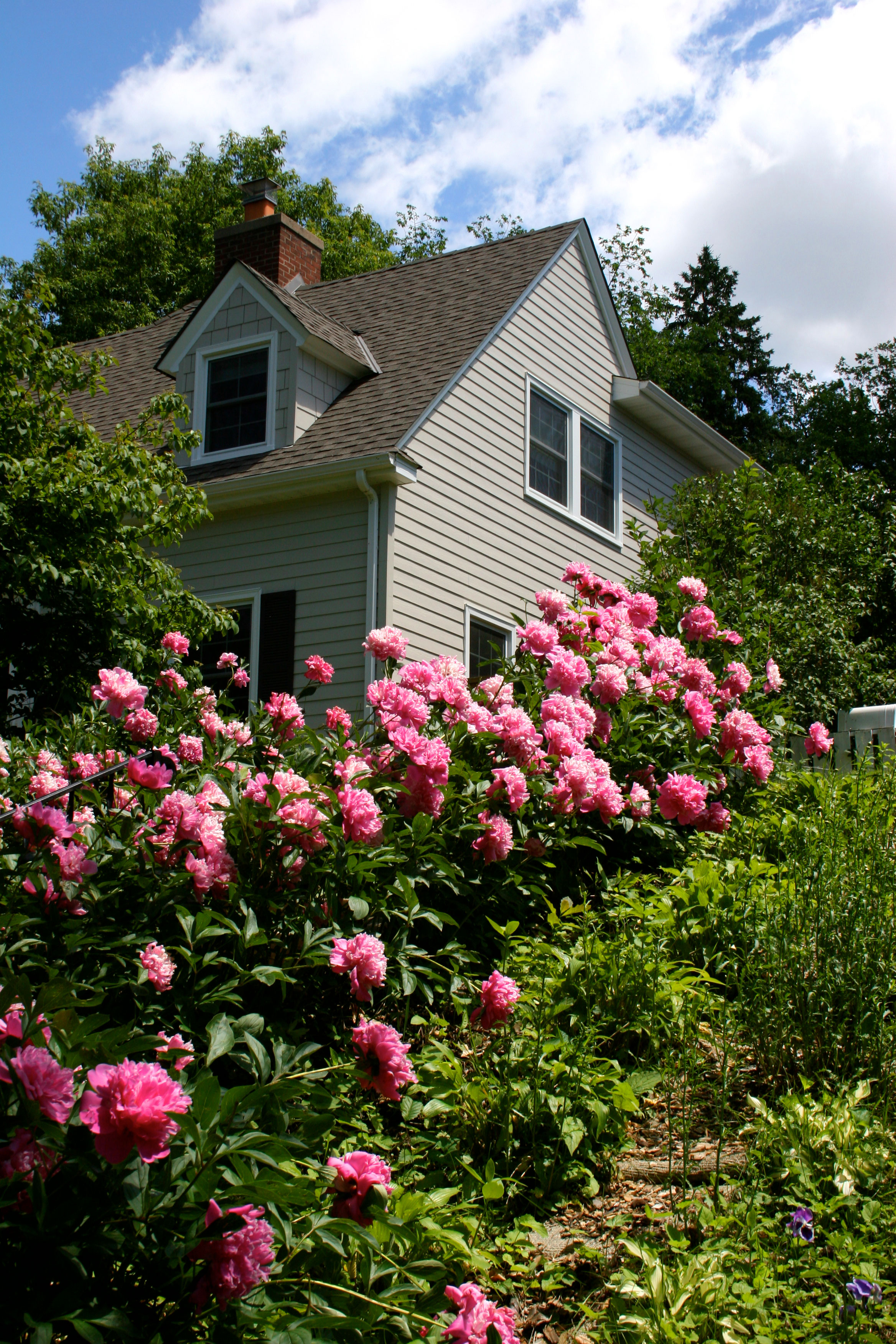
Like all plants, peonies have an ideal planting time, and sticking to their schedule will give your plants the best start. According to plant expert Sydni D’Amico at Fast Growing Trees, fall or early spring are your best bets.
'The best time of year to plant peonies is in mid-fall so that you give them plenty of time to establish themselves through the winter months,' says Sydni. 'However, you can also plant them in very early spring since they flower from late spring into early summer.'
Though peonies aren’t tender plants and can resist frost, it’s best to wait until your ground has softened slightly from any hard frosts before planting in your flower beds. Just don’t wait too long – spring is just around the corner and you want your plants in the ground and ready to make the most of the sunshine!
2. Select your soil
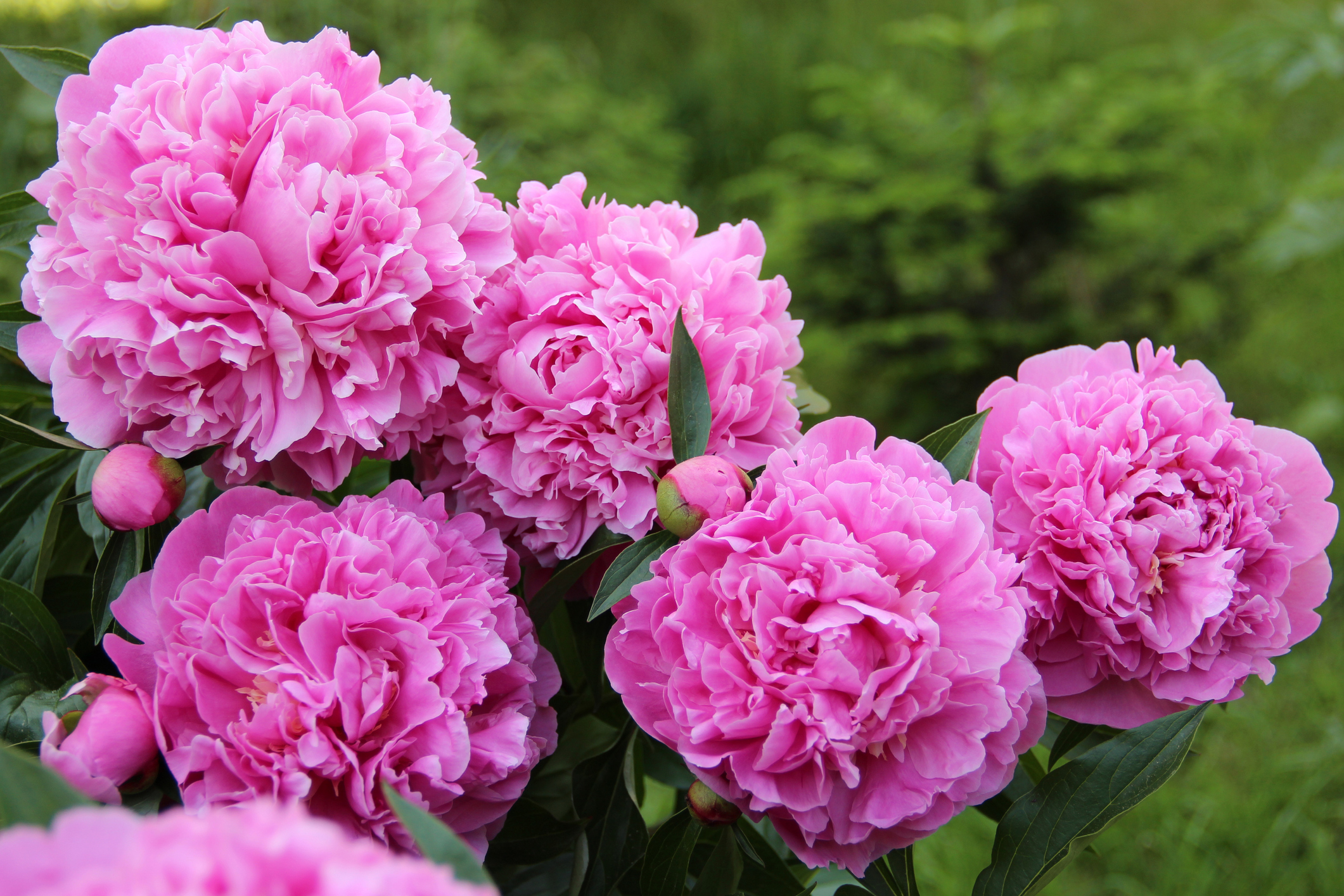
Though peonies aren’t particularly picky when it comes to soil types, they do have some non-negotiables.
According to Sydni, 'peonies do not like soils with poor drainage.' But having clay-heavy soil doesn’t mean the end of your peony planting journey. 'If your soil is compacted or clay-heavy, we recommend amending it with organic compost and perlite or vermiculite (like this from Walmart) to help aerate the soil,' says Sydni.
If you’re finding heavy soils are getting in the way of a lot of your planting dreams, then starting your own compost heap may be a great solution. Not only will you have a continuous supply of soil-improver to better your garden’s drainage and plant vitality, but you will also be able to utilize your kitchen and garden waste and save it from landfill — eggshells in gardening is a great place to start.
3. Seek out the sunshine
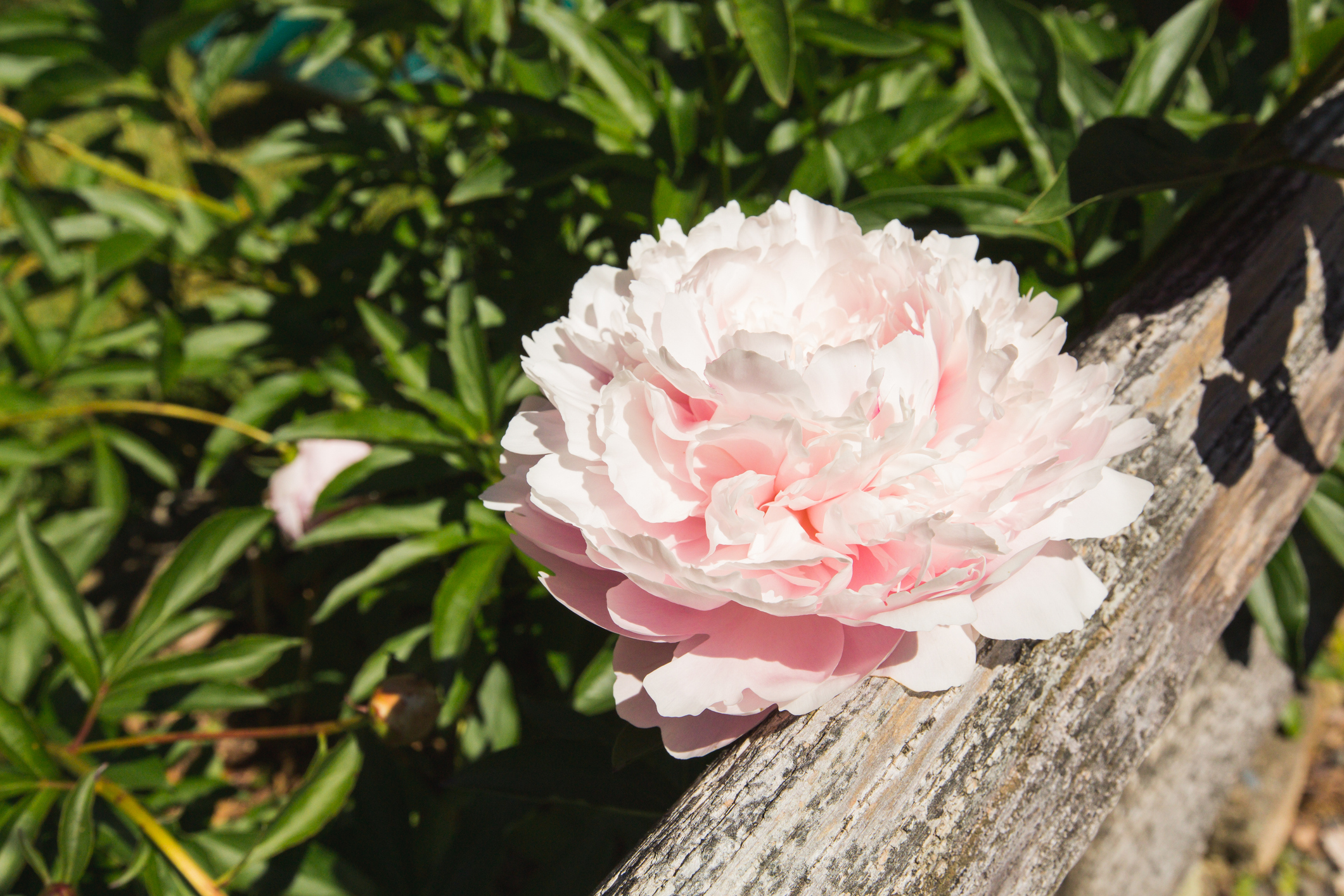
As many experienced gardeners will tell you — right plant, right place. For peonies, that means seeking out the sunshine — they're one of the best flowers for pots in full sun.
Similarly to roses, Sydni explains 'Peonies thrive in a full sun location with at least six to eight hours of sun each day. However, if you are in a southern growing zone (zones 8-9) it is recommended to plant them in a location that is protected from the intense afternoon sun to prevent potential sun damage in the summer months.'
Try to avoid planting them next to any large trees or shrubs too. Peonies don't like competing for water or nutrients — especially in hotter locations.
4. Grow from seed
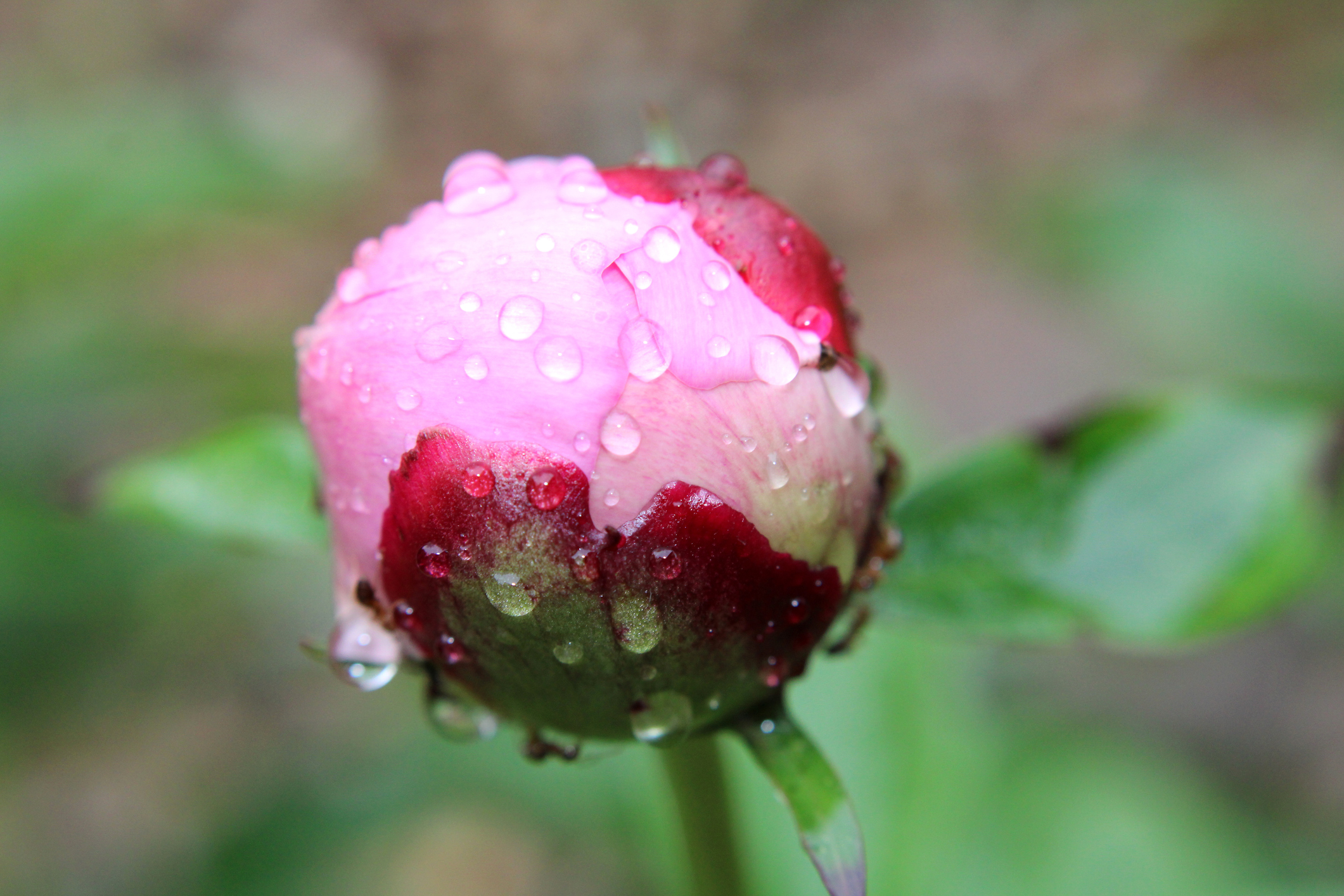
For the budget-conscious gardener, growing from seed can be a great cost-effective way of growing your favorite plants for a fraction of the price of an established nursery plant. Plus, as Sydni explains, peonies are incredibly easy to grow from seed — you'll just need a bit of patience when it comes to your peony care.
'You can grow peonies from seed very easily. You can directly sow ripe seeds into the ground and most seeds should form a shoot in the following spring or summer months. You can also start the seeds indoors in mid-fall in moist soil in small seed starter pots. Place the pots in plastic baggies and twist tie them closed, leaving them in a warm location (about 68°F) for about three months. During this time, a root system will start to develop. After a root system has developed you can place the pots in a cold location (above freezing temperatures) for two to four months until spring. In early spring, you can transplant them into the ground and watch them grow over the seasons!'
Just keep in mind that peonies can take around three to five years to flower when grown from seed, so if you’re looking for a speedier process then planting from summer cuttings might be a better option.
5. Pot up your plants
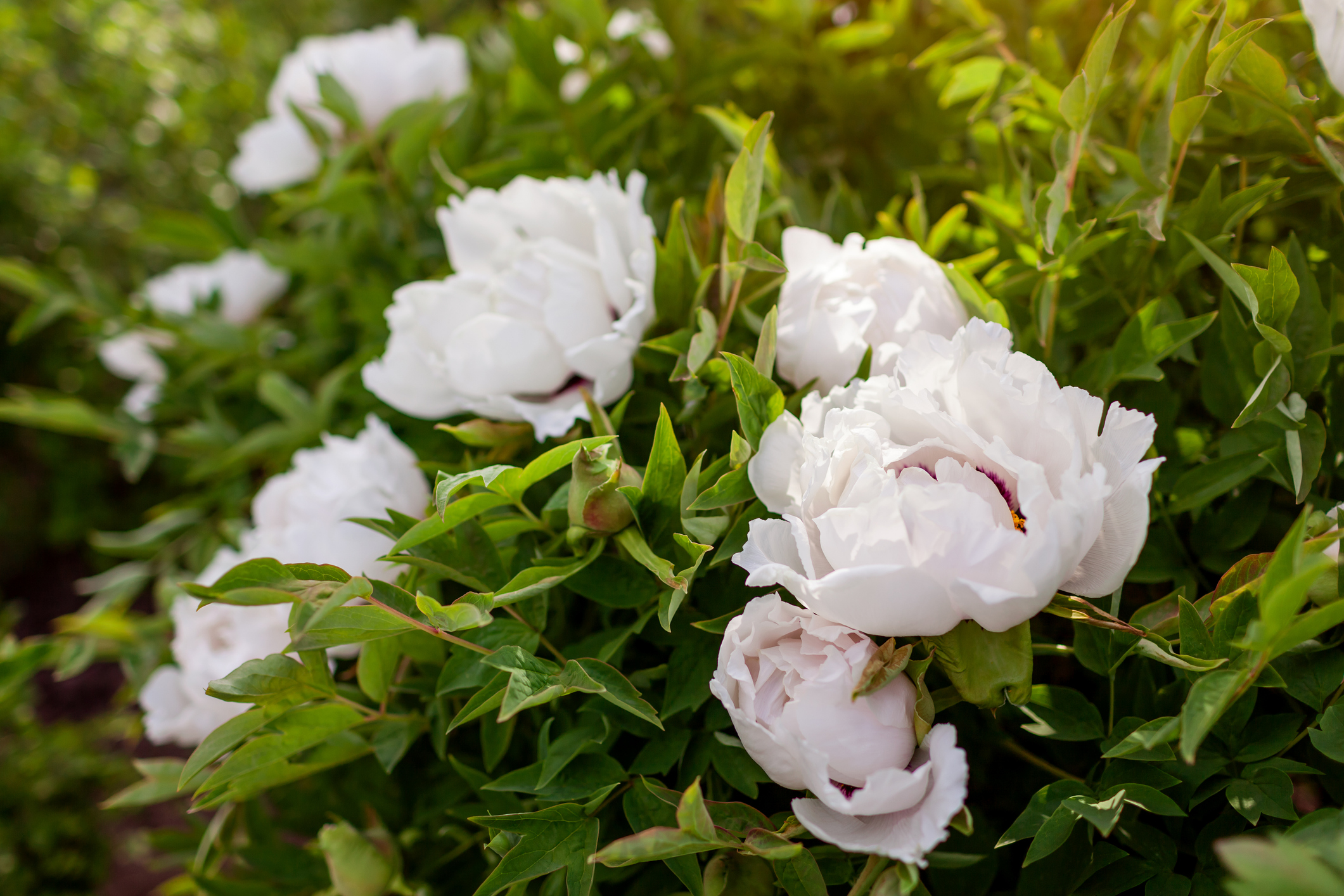
Thinking your city garden won’t be any good for a peony or two? Think again. Urban balconies or small backyards are perfect for potted peonies! As long as you get a good amount of sunshine you can grow peonies in pots with ease.
'Peonies can thrive in pots as long as the pot is large enough and has proper drainage,' Peony expert Sydni explains. 'Peonies like to be buried deeply, so it is recommended to use a pot that is at least 1 ½ ft. deep and just as wide, or wider.'
What’s better, with a pot you get to compose the perfect soil, and for peonies Sydni's got the perfect formula.
'Pots can hold onto moisture for long periods of time so it is essential to use soil that is loose and well-draining. To achieve this you can use a mix of 70% topsoil to 30% perlite (like this from Amazon) – this will ensure proper drainage and will reduce risks of tuber rot. When planting in a container, you’ll want to make sure to plant the peony tubers with their 'eyes' facing upwards, with about 1 ½ to 2 inches of soil over top; make sure not to plant the tubers too deep as this can prevent flowering.'
Be The First To Know
The Livingetc newsletters are your inside source for what’s shaping interiors now - and what’s next. Discover trend forecasts, smart style ideas, and curated shopping inspiration that brings design to life. Subscribe today and stay ahead of the curve.
Matilda Bourne is a freelance homes, gardens and food writer, stylist and photographer. Known for creating and capturing content for multiple international brands, her work has been featured in The Telegraph, The Daily Mail, and Hello! magazine. When she’s not writing, you can usually find her tending to her much-loved garden and scouring thrift stores for vintage furniture.
-
 These Are the Flower Crowns I’m Wearing This Spring (Spoiler: They’re Actually for My Door)
These Are the Flower Crowns I’m Wearing This Spring (Spoiler: They’re Actually for My Door)Coachella confirmed the comeback of flower crowns. At home, they just go by another name: the spring wreath
By Julia Demer
-
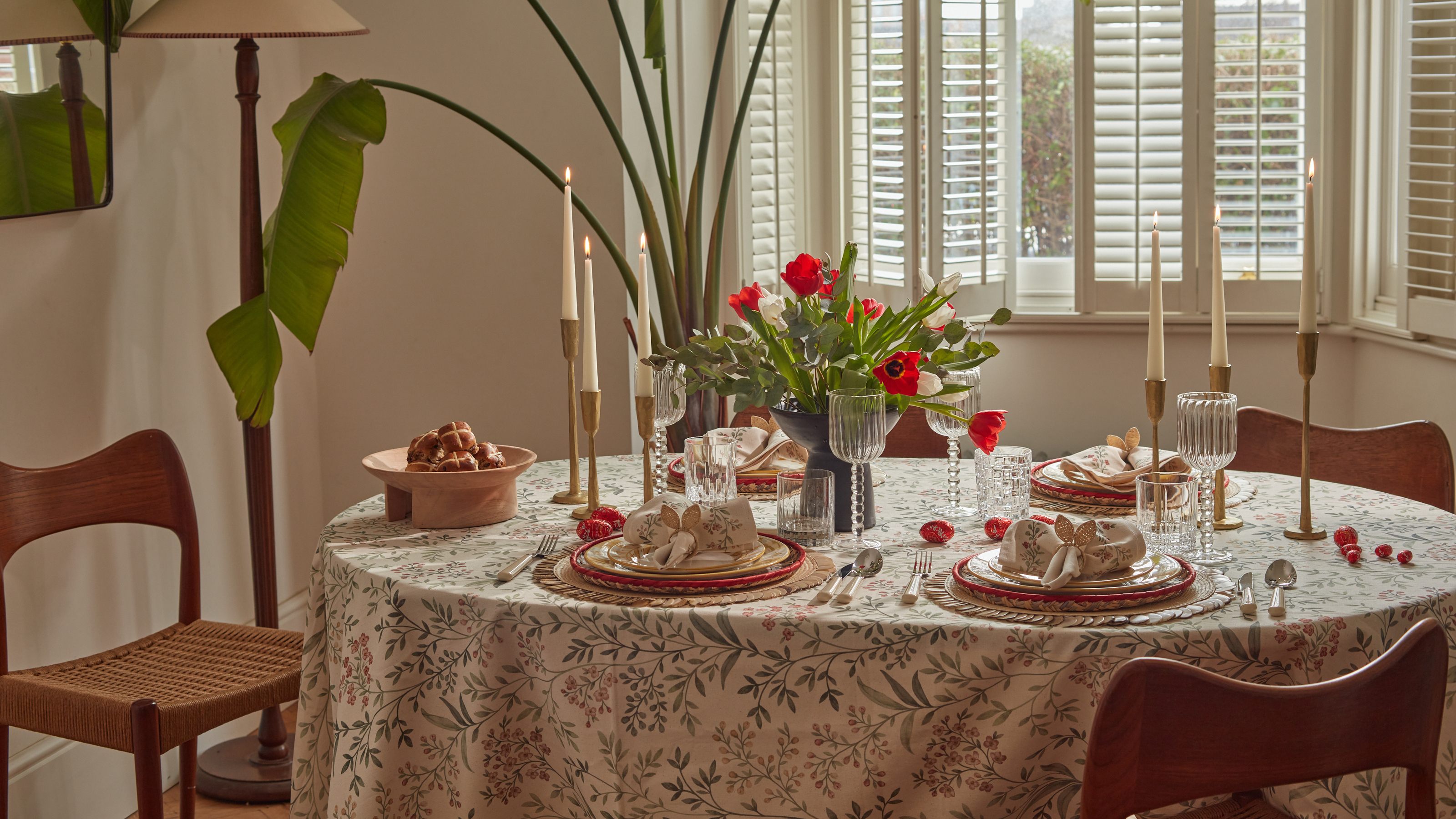 Bunny Ears, Be Gone — 7 Easter Table Styling Mistakes That Will Take Your Setting from Tawdry to Tasteful
Bunny Ears, Be Gone — 7 Easter Table Styling Mistakes That Will Take Your Setting from Tawdry to TastefulFrom fussy floral displays that disrupt conversation to over-relying on tacky tropes, don't fall victim to these errors when decorating your Easter table
By Lilith Hudson
